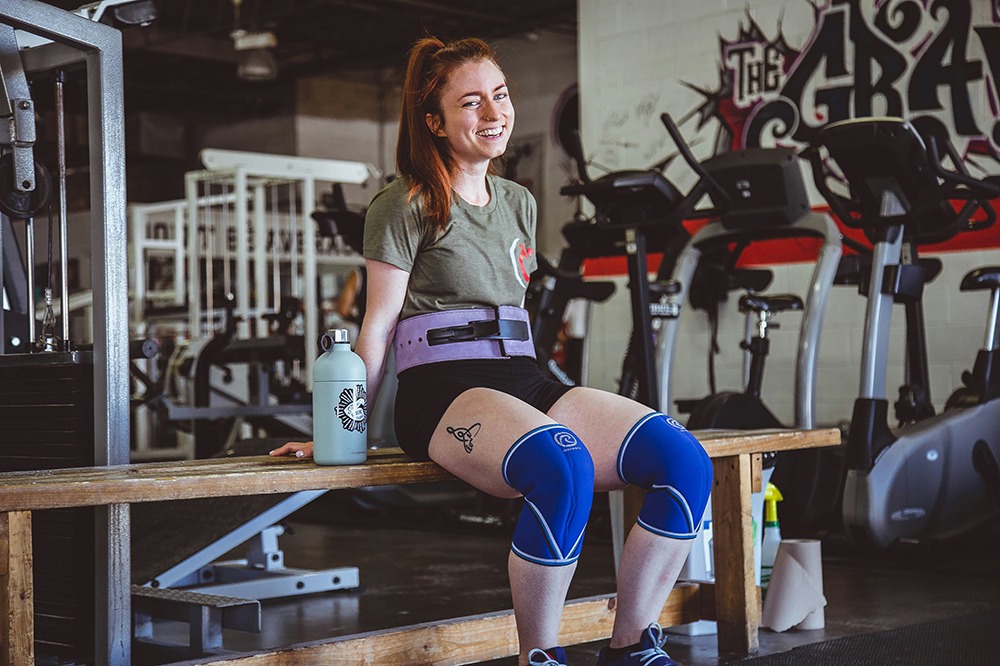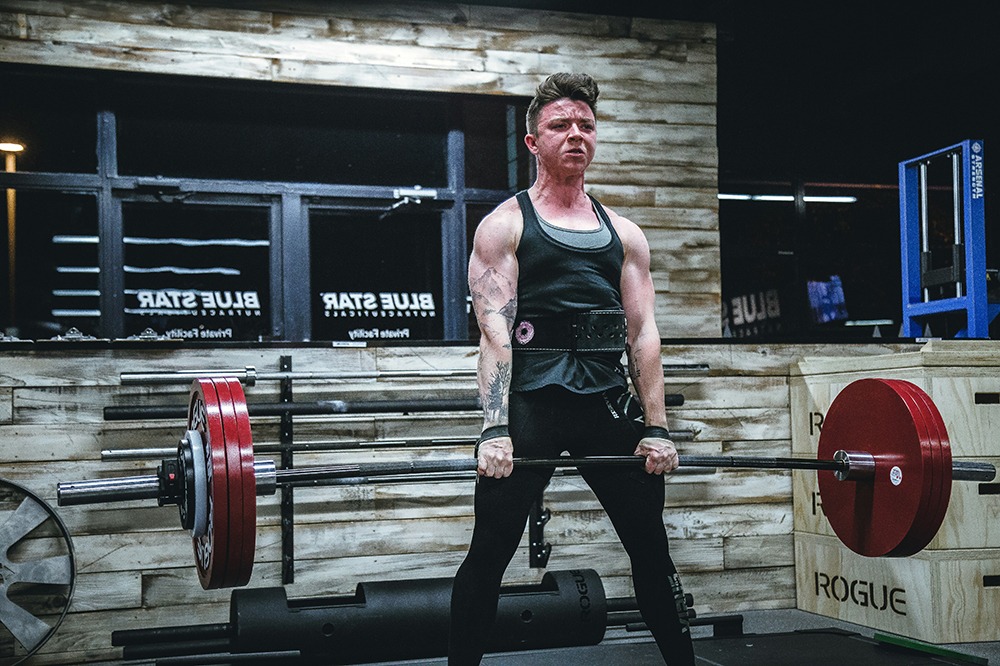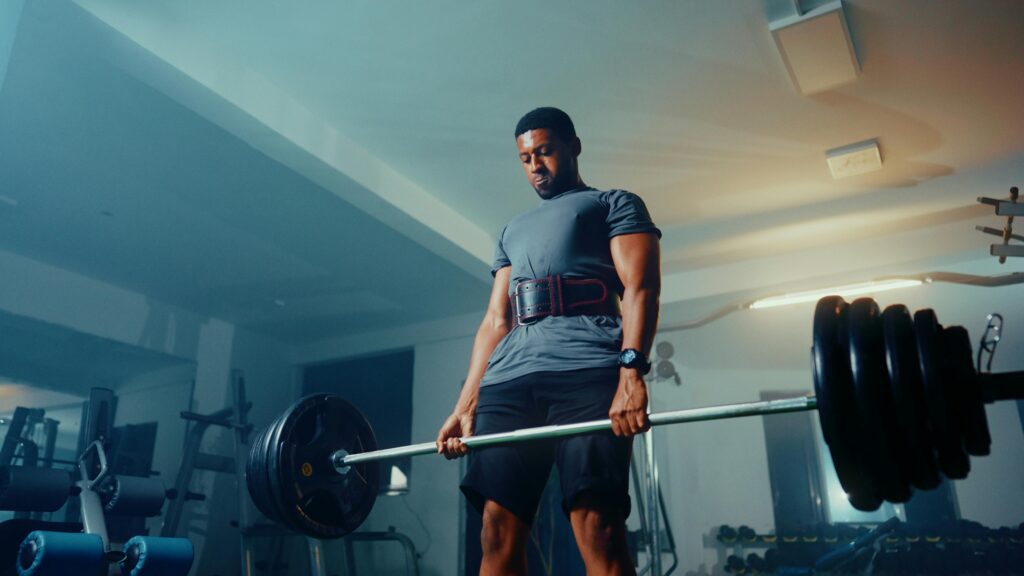Weight belts are an indispensable tool in the arsenal of anyone looking to enhance their maximal strength, especially during heavy compound lifts such as the squat or deadlift. By providing crucial support to your lower back, these belts allow you to handle heavier weights and can help reduce the risk of injury. The key is to use them correctly. It’s not as simple as just strapping on any belt; choosing the right belt size and fit is vital to ensure the belt provides the support where you need it most, without hindering your performance or movement.
Understanding when and how to integrate weight belts into your strength training routine can make all the difference. Beyond just selecting a belt, learning how to utilise it during your lifts can amplify your training efficacy. It’s not only about throwing on a belt for every exercise; it’s about knowing which exercises will benefit most from the added stability and intra-abdominal pressure created by belting up. Moreover, taking care of your lifting belt can extend its lifespan and provide consistent, reliable performance over time. Proper maintenance and understanding when to replace your belt are crucial to sustaining the benefits it provides.
Key Takeaways
- A suitable weight belt offers essential support and can elevate your heavy lifting performance.
- Correct usage and integration of weight belts in your routine are key to maximising strength gains.
- Regular maintenance of your lifting belt is essential to ensure longevity and prevent malfunction.

Understanding Weight Belts and Their Purpose
Implementing a weight belt during your lifting regimen is more than a mere accessory choice; it’s a strategic decision aimed at enhancing your core stability and maximising the potential efficacy of your lifts. The use of a belt can significantly influence the intra-abdominal pressure you create, aiding in the protection of your lower back, and expression of maximal strength.
The Science Behind Belting Up
A lifting belt functions by allowing you to increase intra-abdominal pressure, which in turn acts as a supportive column for your spine. When you execute the Valsalva manoeuvre, holding your breath against a closed glottis, the belt provides a surface for your abdominal wall to push against, increasing this pressure. This additional pressure can provide greater stability and support for the core muscles, reducing the risk of back injuries during heavy lifts and allowing you to lift more weight as well as to lift loads with greater velocities (speed).
Different materials such as leather and nylon have distinct advantages depending on the lift. While leather belts, with their characteristic thickness and width, offer a rigid support ideal for heavy powerlifting, nylon belts are more flexible, catering to dynamic movements.
Identifying the Right Belt for Your Needs
| Belt Type | Description | Width | Thickness |
| Leather Belts | Offer supreme stiffness and durability, preferred for squats and deadlifts. | Consistent with of 10cm, provides ample support without digging into hips or ribs. | Generally ranges between 10mm to 13mm, maintains shape and provides support. |
| Nylon Belts | More flexible and often include a Velcro fastener, suitable for Olympic lifts or workouts involving a range of motion. | Can vary, may provide a papered design to accommodate bending and moving. | Thinner than leather, allows for more comfort and flexibility during lifts. |
When choosing a belt, consider the material, fit, and how it will assist in generating and maintaining intra-abdominal pressure for your intended exercises. A well-chosen belt will feel like a natural extension to your lifting attire, bolstering your performance and the safety of your back.
Optimal Utilisation of Weight Belts
When using a weight belt, your focus should be on enhancing lifting safety and efficiency. It’s crucial to understand the proper application of this tool to fully benefit from its use in stabilising your core during intense lifts.
Techniques for Maximum Efficiency
Weight belts can significantly improve your performance in compound lifts such as squats and deadlifts. Here’s how to use them effectively:
- Breath and Brace: Before lifting, take a deep breath into your belly to pressurise the abdominal wall. Then, brace your core as if you’re about to be punched; this creates intra-abdominal pressure which your weight belt will help to maintain.
- Tightening the Belt: The belt should be tight, but not so much that it impedes your breathing or movement. You should be able to slip a few fingers between the belt and your body.
- Positioning: Position the belt across your waist to where it can best support your abdominal wall—usually just above the hips, ensuring it won’t interfere with your hips while performing squats or deadlifts.
Common Misconceptions and Mistakes
- Over-Reliance: A lifting belt should not be a crutch. Use it only for sets approaching your maximal effort and ensure that your core is strong enough to support your lifting without the belt.
- Belief That It Weakens the Core: Used correctly, a belt is a tool for enhancing core stability. It reinforces the abdominal wall against the pressure created by your breath, not replaces it.
- Improper Tightness: Too tight, and you can’t properly utilise the pressure; too loose, and it offers little support. Find a balance to stabilise effectively.
- Incorrect Breathing: Breathe into your chest instead of your stomach, and you’ll fail to create sufficient pressure or effectively stabilise your core.
For best practices, consistent practice and attention to proper form are key. Make adjustments as needed, and use the weight belt as a means to enhance, not compensate for, your lifting technique.

Integrating Belts into Strength Training
When incorporating a weight belt into your strength training regimen, it’s crucial to use it strategically during specific lifts and to select a belt that fits perfectly to ensure the safest and most effective training.
Strategic Use During Specific Lifts
Deadlifts and squats are foundational to powerlifting — exercises where integrating a weight belt can significantly enhance your performance. For these power lifts, tightening the belt just before the lift helps brace your stomach muscles against the belt, creating a solid core of support. The ideal tightness strikes a balance: firm enough to support, but not so tight that it hinders breathing or movement. With enough practice you should soon be able to refine your set up and get the most out of using a belt to enhance your performance.
Weight Belt Selection and Adjustment
Selecting the right belt size is about more than just your waist measurement; it’s about ensuring that the fit allows for adequate adjustment during various lifts. Powerlifting belts typically come with either a lever or prong closure system. A lever offers quick release and adjustment, while a prong system offers more incremental sizing options. The strap should be made of sturdy material, such as leather, to withstand the rigours of your regimen. Remember, the size and fit of your belt will impact its effectiveness during strength training.
Care and Maintenance of Your Lifting Belt
Proper care of your weightlifting belt, whether it is a sturdy leather belt or a flexible nylon and Velcro belt, is essential to maintain its durability and effectiveness. For leather belts, wipe off excess sweat or dirt with a damp cloth after each use, avoiding soaking the leather to prevent damage. Apply a leather conditioner every few months to keep the material supple and prevent cracking. For nylon belts, clean the material with a mild soap-and-water solution, and brush out any debris from the Velcro to maintain its grip. Store your belt in a cool, dry place away from direct sunlight to prevent material degradation. Never machine wash or tumble dry any weightlifting belt, as it can severely damage both leather and synthetic materials. Regularly inspect your belt for signs of wear and tear, especially around the buckle and Velcro fastenings, and replace it if you notice significant damage to ensure your safety. By following these maintenance guidelines, your lifting belt will remain a reliable part of your training gear, maximising your lifting performance.
Maximising Performance and Preventing Injury
When it comes to enhancing your athletic capabilities and safeguarding your body against injury, understanding the correct use of equipment and the importance of proper physical conditioning are crucial. Specifically, utilising weight belts for heavy lifting can offer significant benefits, including stabilising your lower back and increasing your overall strength performance.

The Role of Belts in Enhancing Strength and Safety
The strategic use of a weight belt can play a pivotal role in augmenting your performance, particularly during high-load strength training. By increasing intra-abdominal pressure, a weight belt provides additional support to your spine, helping you to maintain proper form. This biomechanical effect functions to stabilise your core, which is vital in preventing injuries, such as those to the lower back. For powerlifters and other athletes who frequently engage in exercises like deadlifts and squats, a weight belt can help reduce the risk of damaging the back.
Furthermore, consistent use of a belt during rigorous training reinforces safety by reminding you to lift with your legs rather than with your back. It acts as a physical cue to employ correct lifting techniques, thereby aiding in preventing injuries. However, it is important to choose the right belt for your needs to maximise the support and safety it offers.
Physical Conditioning and Core Development
Beyond relying on accessories like weight belts, your own physical conditioning significantly contributes to both improving performance and reducing the potential for injuries. Developing a strong core is essential for any athlete, as it underpins almost all movements and provides stability across all planes of motion. Including exercises that focus on core strengthening in your routine can increase overall power and strength, as well as enhance your body’s natural stabilising functions.
Engaging in a mix of compound movements and targeted core exercises can help to build this intrinsic support system, making a weight belt even more effective when you choose to use one. Remember, a weight belt is not a substitute for a strong core but a supplementary tool; it’s there to provide additional support, not to compensate for a lack of conditioning. Proper conditioning minimises the vulnerability to back injuries and again aids in preventing injuries amongst athletes.
Frequently Asked Questions
How should one utilise a lifting belt during deadlifts for optimal performance?
When performing deadlifts, secure your lifting belt just above the hips and below the ribcage. It should be tight enough to support your core muscles but still allow for deep breaths.
What are the criteria for selecting the appropriate size of a weightlifting belt?
Select a belt that fits snugly around your waist, allowing for minimal movement. The width should be consistent all around, typically between 10mm and 13mm thick, to provide uniform support for your core.
What factors should be taken into account when deciding between a 10mm and a 13mm lifting belt?
Consider the type of lifting you perform; the 10mm belt provides ample support and increased comfort for general training, while the 13mm belt offers superior rigidity and support recommended for heavy powerlifting sessions.
Is the employment of a weight belt considered an unfair advantage in strength training?
Utilising a weight belt is not seen as an unfair advantage; it is a training aid that supports your spine and core muscles during heavy lifts. Employing a belt responsibly can contribute to both safety and the effective development of muscular strength.
References:
Renfro, G.J. & Ebben, W.P. (2006). A Review of the Use of Lifting Belts. National Strength and Conditioning Association, vol. 28, no. 1, pp. 68-74.